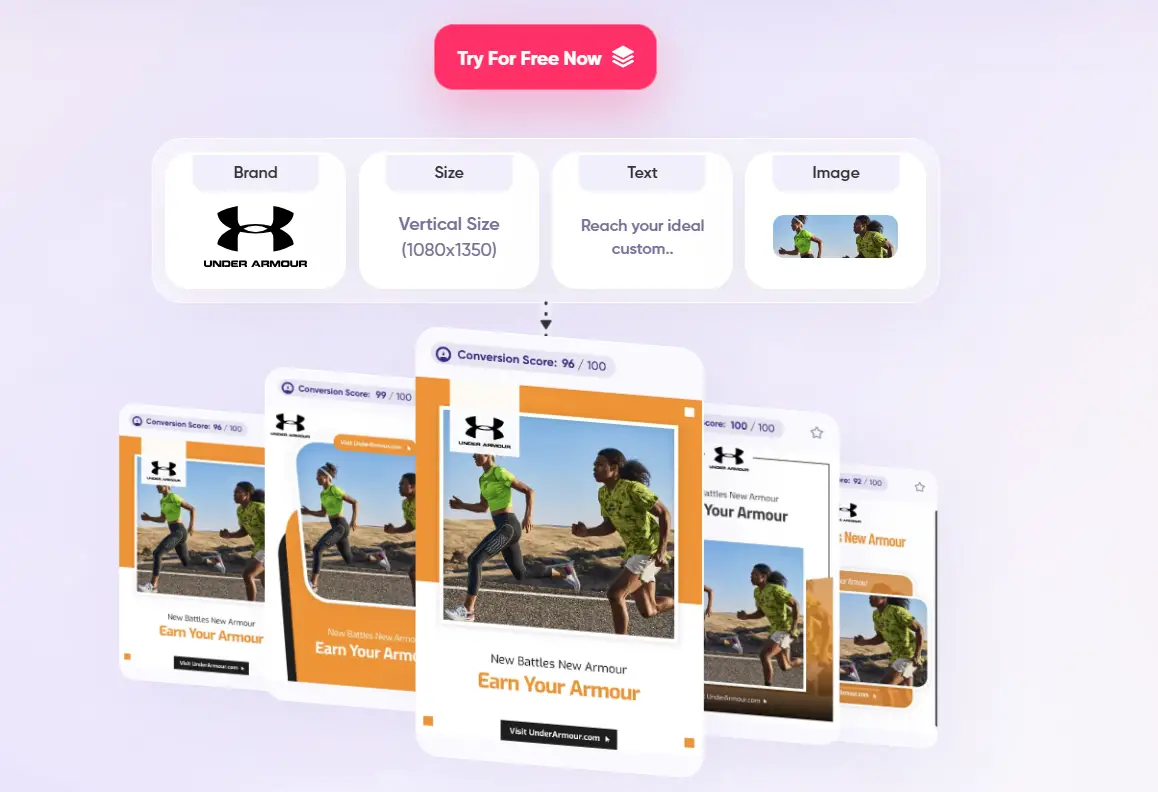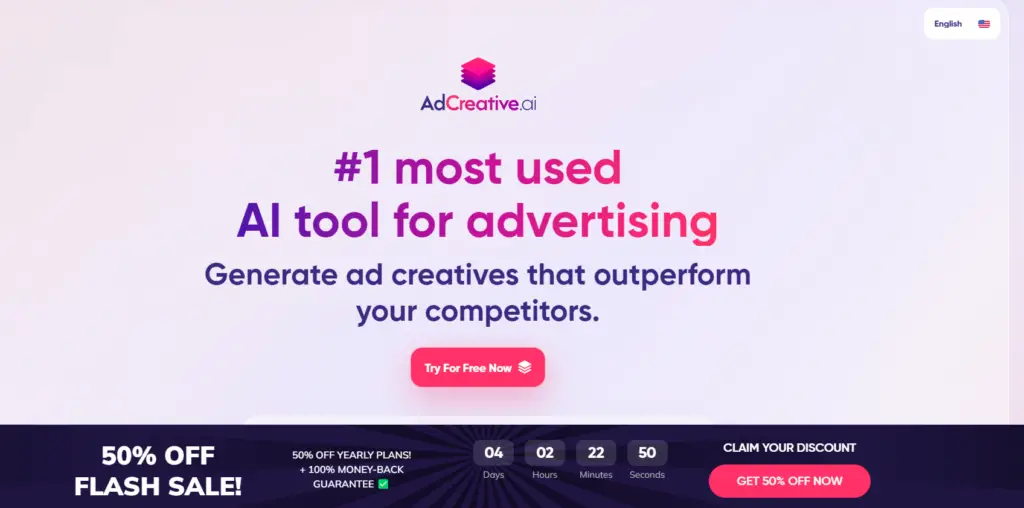Exploring the Creative Potential of AI: Transforming Ideas into Reality
Meta Description: Discover how AI revolutionizes creativity in various fields, from art and music to writing and filmmaking. Learn how this innovative technology is transforming ideas into reality.
Artificial Intelligence (AI) has long fascinated humanity with its potential to mimic human intelligence. However, in recent years, AI has taken a leap forward in performing tasks and fostering creativity. This article delves into the fascinating realm of creative AI, exploring its impact on various artistic domains and how it’s reshaping how we think about creativity.
The Rise of Creative AI
Understanding Creative AI
Creative AI refers to artificial intelligence systems that can generate new content, ideas, and artistic expressions. Unlike traditional AI, which focuses on problem-solving and task automation, creative AI pushes the boundaries of innovation, exploring uncharted territories in art, music, literature, and beyond.
Historical Background
The journey of creative AI began with early experiments in computer-generated art and music. From the pioneering works of Harold Cohen’s AARON, a computer program that creates paintings, to modern AI models like GPT-3 that can write coherent essays and stories, the evolution of creative AI has been remarkable.
The Role of Machine Learning
At the heart of creative AI lies machine learning, a subset of AI that enables systems to learn from data and improve over time. Through techniques like neural networks, deep learning, and reinforcement learning, AI models can now analyze vast amounts of data, identify patterns, and generate creative outputs that rival human creations.
AI in Art: Redefining Aesthetics
AI-Generated Paintings
AI has made significant strides in visual arts, with algorithms capable of producing stunning paintings. Programs like DeepArt and ArtBreeder use neural networks to transform photographs into artworks in various styles, from classical to contemporary. These AI-generated pieces often blend elements from different art movements, creating unique and visually captivating results.
Collaborative Art Projects
Artists and technologists are increasingly collaborating to create innovative artworks. Projects like “The Next Rembrandt” use AI to analyze the works of Rembrandt and generate new paintings in his style. Such collaborations not only push the boundaries of artistic expression but also raise intriguing questions about authorship and originality.
Impact on Traditional Artists
While some fear that AI might replace human artists, many see it as a tool that can augment human creativity. Traditional artists are using AI to experiment with new techniques, generate ideas, and overcome creative blocks. This symbiotic relationship between human and machine is leading to a new era of artistic exploration.
AI in Music: Composing the Future
AI-Generated Music
AI is also making waves in the music industry. Algorithms like OpenAI’s MuseNet and Google’s Magenta can compose original music in various genres, from classical symphonies to jazz improvisations. These AI composers analyze vast datasets of musical compositions, learning the nuances of melody, harmony, and rhythm to create novel pieces.
Enhancing Music Production
Beyond composition, AI is revolutionizing music production. Tools like LANDR use AI to master tracks, enhancing their quality and ensuring they sound professional. Musicians can now experiment with AI-generated sounds and effects, expanding their creative possibilities and streamlining the production process.
Challenges and Ethical Considerations
The rise of AI in music also brings ethical questions to the forefront. Issues of copyright, ownership, and the potential loss of human touch in music creation are hotly debated. As AI continues to evolve, it is crucial to establish guidelines that balance innovation with ethical considerations.
AI in Literature: Crafting Narratives
AI-Powered Writing Assistants
Writing is another domain where AI is making significant contributions. Tools like Grammarly and Hemingway use AI to assist writers by providing grammar checks, style suggestions, and readability improvements. These AI-powered assistants help writers enhance their skills and produce polished content more efficiently.
Generating Creative Content
AI models like GPT-3 have demonstrated the ability to generate coherent and engaging written content. From poetry and short stories to news articles and blog posts, AI can produce text that mimics human writing styles. Authors can use AI to brainstorm ideas, draft content, and even co-write novels, pushing the boundaries of literary creativity.
Impact on the Publishing Industry
The publishing industry is witnessing a transformation with the advent of AI. Publishers can now use AI to analyze market trends, predict bestsellers, and personalize recommendations for readers. While some fear that AI-generated content might flood the market, others see it as an opportunity to diversify and enrich literary offerings.
AI in Filmmaking: Bringing Stories to Life
Scriptwriting and Story boarding
AI is also making its mark in the film industry. Screenwriters are using AI tools to generate story ideas, draft scripts, and even create detailed storyboards. Programs like Script Book analyze successful film scripts to identify elements that resonate with audiences, helping writers craft compelling narratives.
Visual Effects and Animation
In the realm of visual effects and animation, AI is revolutionizing workflows. AI-driven tools can automate complex tasks like rendering, compositing, and character animation, significantly reducing production time and costs. Studios can now produce high-quality visuals with greater efficiency and creativity.
Enhancing Viewer Experience
AI is also enhancing the viewer experience by enabling personalized content recommendations and interactive storytelling. Platforms like Netflix use AI algorithms to analyze user preferences and suggest tailored content. Interactive films, where viewers can influence the storyline, are becoming increasingly popular, thanks to AI-driven technologies.
The Future of Creative AI
Emerging Trends
The future of creative AI looks promising, with emerging trends pointing towards even greater innovation. Advances in natural language processing, computer vision, and generative adversarial networks (GANs) are paving the way for more sophisticated AI models that can produce highly realistic and emotionally engaging content.
Human-AI Collaboration
As AI continues to evolve, the focus is shifting towards collaborative creativity. Artists, musicians, writers, and filmmakers are exploring new ways to work alongside AI, leveraging its capabilities to enhance their creative processes. This synergy between human intuition and machine intelligence holds immense potential for future artistic endeavors.
Ethical and Societal Implications
The rise of creative AI also raises important ethical and societal questions. Issues of authorship, authenticity, and the potential impact on creative jobs need to be addressed. It is essential to establish ethical guidelines and frameworks that ensure responsible and equitable use of AI in creative domains.
FAQs
What is creative AI?
Creative AI refers to artificial intelligence systems that can generate new content and artistic expressions, such as paintings, music, literature, and films. It leverages machine learning techniques to analyze data and produce creative outputs.
How does AI generate art?
AI generates art using neural networks that analyze existing artworks and learn patterns. Programs like Deep Art and Art Breeder can transform photographs into artworks by applying different artistic styles and blending elements from various art movements.
Can AI compose music?
Yes, AI can compose music. Algorithms like OpenAI’s Muse Net and Google’s Magenta analyze vast datasets of musical compositions to learn the nuances of melody, harmony, and rhythm, allowing them to create original music in various genres.
What impact does AI have on traditional artists?
AI can augment traditional artists by providing new tools and techniques for experimentation. Artists can use AI to generate ideas, overcome creative blocks, and explore new styles, leading to a symbiotic relationship between human creativity and machine intelligence.
How is AI used in writing?
AI is used in writing through tools like Grammarly and Hemingway, which assist writers with grammar checks, style suggestions, and readability improvements. AI models like GPT-3 can also generate coherent written content, helping authors brainstorm ideas and draft text.
What are the ethical considerations of creative AI?
Ethical considerations of creative AI include issues of authorship, ownership, and the potential impact on creative jobs. Establishing guidelines for responsible and equitable use of AI in creative domains is crucial to addressing these concerns.
Conclusion
The emergence of creative AI marks a transformative era in the arts and beyond. By blending human creativity with machine intelligence, AI is opening up new possibilities for artistic expression and innovation. As we navigate the exciting and complex landscape of creative AI, it is essential to embrace its potential while addressing the ethical and societal challenges it presents. The future of creativity lies in the harmonious collaboration between humans and machines, where each complements the other to create a richer, more diverse tapestry of artistic achievement.

